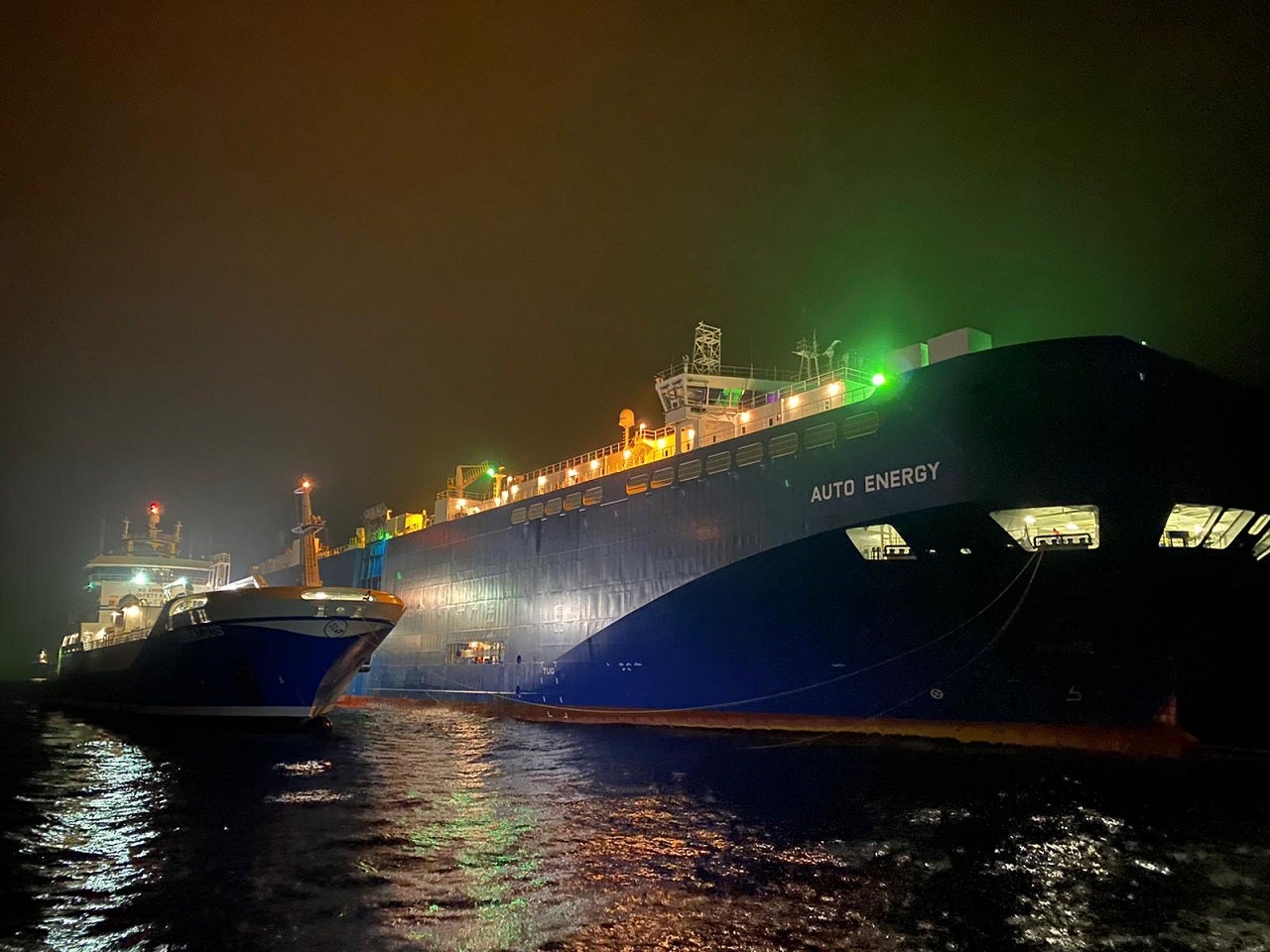
Nordic energy firm Gasum has performed its first ship-to-ship LNG-LBG blend bunkering to a cargo ship.
Gasum’s liquefied natural gas (LNG) bunker vessel Coralius conducted the bunkering at the port of Gothenburg in Sweden.
A fuel blend of 10% renewable liquefied biogas (LBG) and LNG was delivered to M/V Auto Energy.
M/V Auto Energy is a dual fuel LNG pure car, truck carrier (PCTC), which is operated by United European Car Carriers (UECC).
UECC’s vessel is claimed to be the first ship of its type to bunker renewable fuel at anchorage ship-to-ship.
Furthermore, Coralius is the first bunker vessel to supply a seagoing ship with a mixture of LNG and LBG.
How well do you really know your competitors?
Access the most comprehensive Company Profiles on the market, powered by GlobalData. Save hours of research. Gain competitive edge.

Thank you!
Your download email will arrive shortly
Not ready to buy yet? Download a free sample
We are confident about the unique quality of our Company Profiles. However, we want you to make the most beneficial decision for your business, so we offer a free sample that you can download by submitting the below form
By GlobalDataIn addition to the already lowered CO2 reduction due to the use of LNG as against the conventional fuel, the fuel blend further lowers the ship’s CO2 emissions.
UECC CEO Glenn Edvardsen said: “With this delivery, UECC further positions itself in the front of the market by demonstrating a bold commitment to the increased uptake of renewable fuels.
“We have made a significant investment in a pioneering solution that recognises our customers desire for a sustainable logistics partner. We choose this path because we believe in taking the initiative and signify to the market that it’s possible to transport your cargo carbon neutrally with UECC.”
With the passage of time, LNG and LBG are emerging as the clean maritime fuels.
Shifting to LNG eliminates SOx and particles, reduces local air pollution, CO2 emissions by up to 21%, and NOx emissions by up to 85%.
LNG is interchangeable with LBG, which means that the two gases can be combined together.
Similarly, LBG discharges close to zero NOx and SOx, and no particulate matter (PM), thereby contributing to cleaner air.
Gasum’s extensive fleet of supply ships provide nearly every required percentage of LBG blended with LNG.
Gasum maritime sales director Jacob Granqvist said: “We are very excited to see our first ship-to-ship bunkering with the blend of LNG and LBG go smoothly. We can now perform ship-to-ship bunkering with different blends of LNG and LBG which will open new possibilities for our clients as well as for us to go forward in decarbonising maritime transport.”



